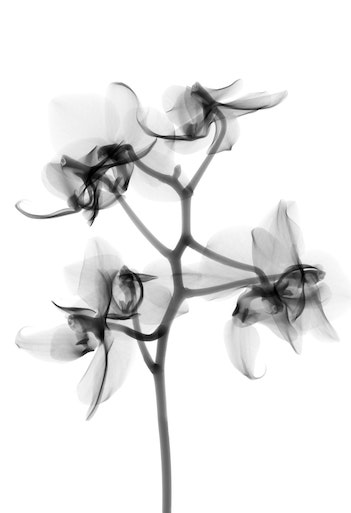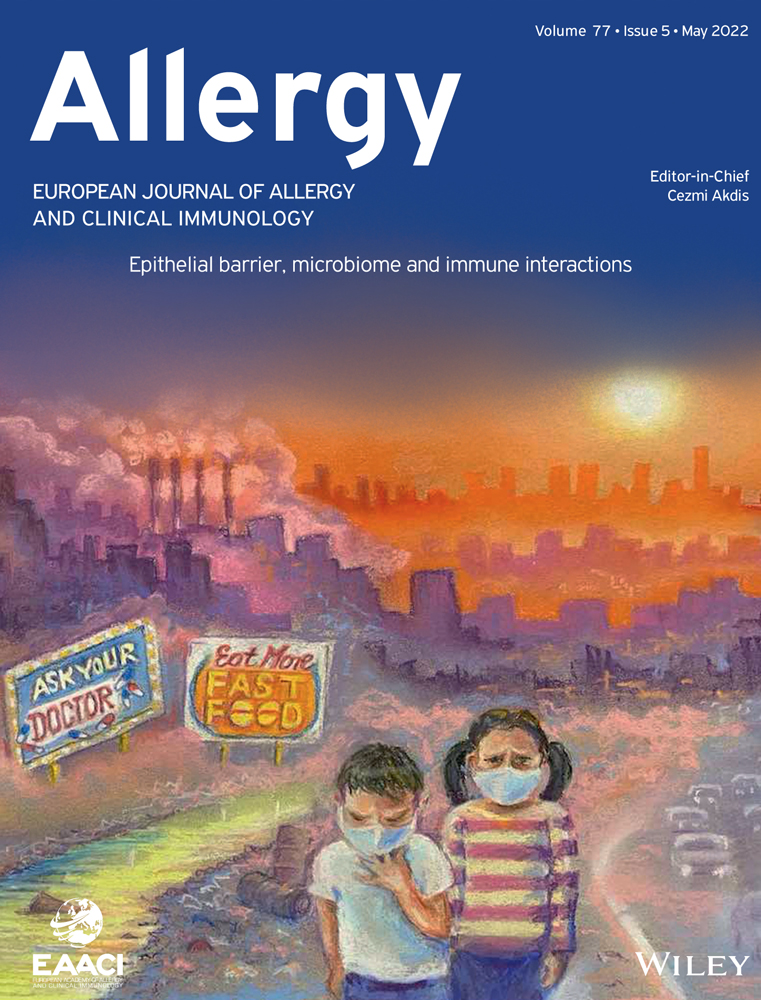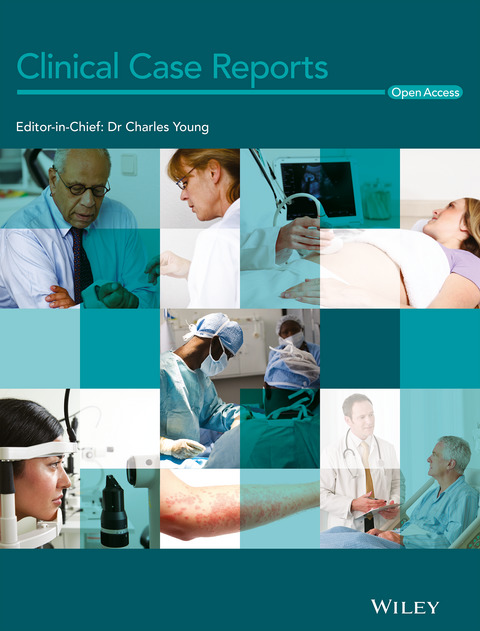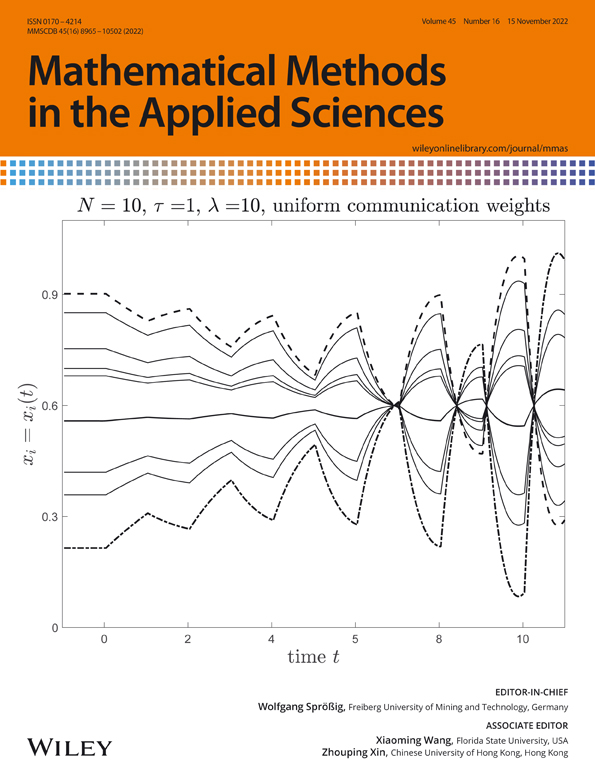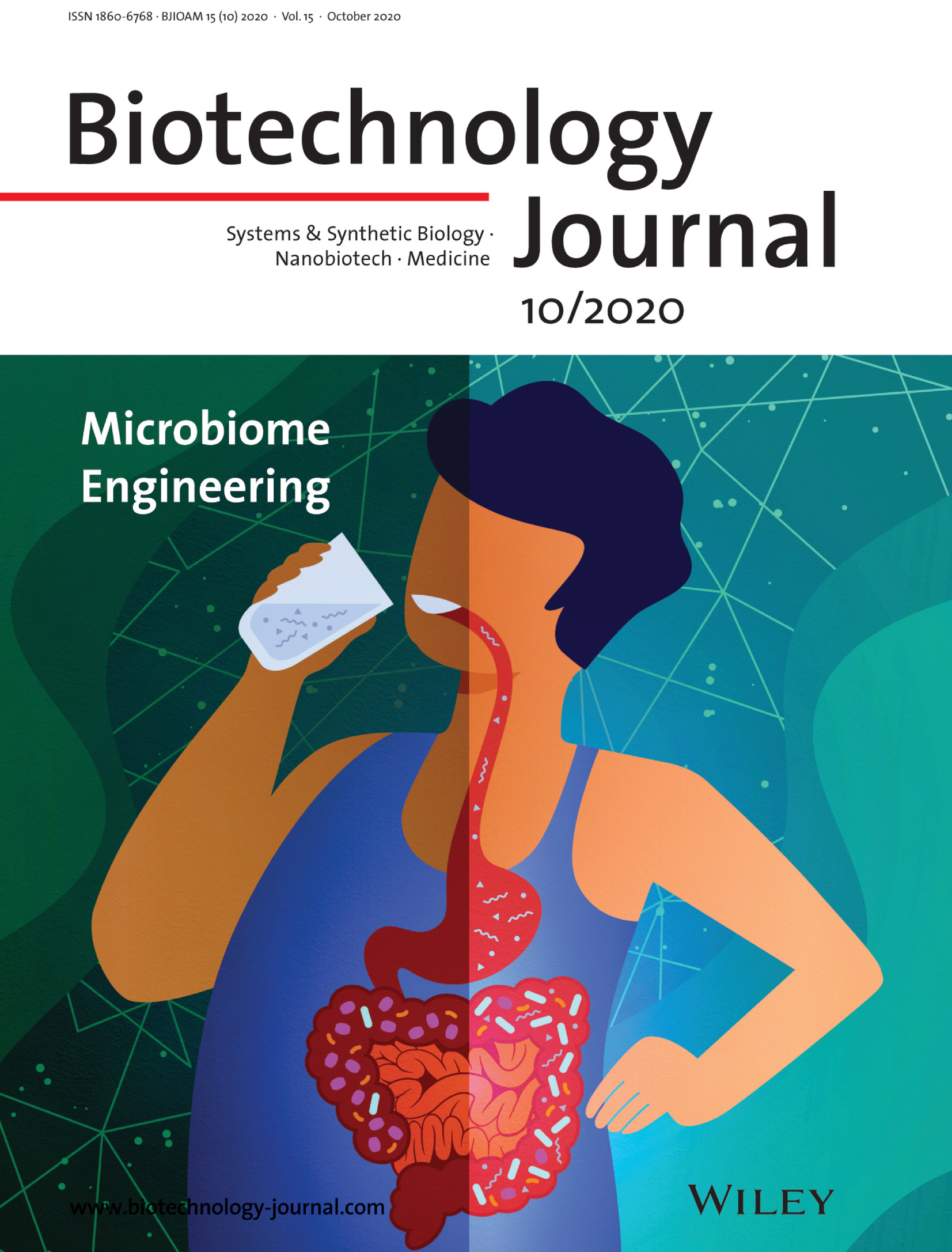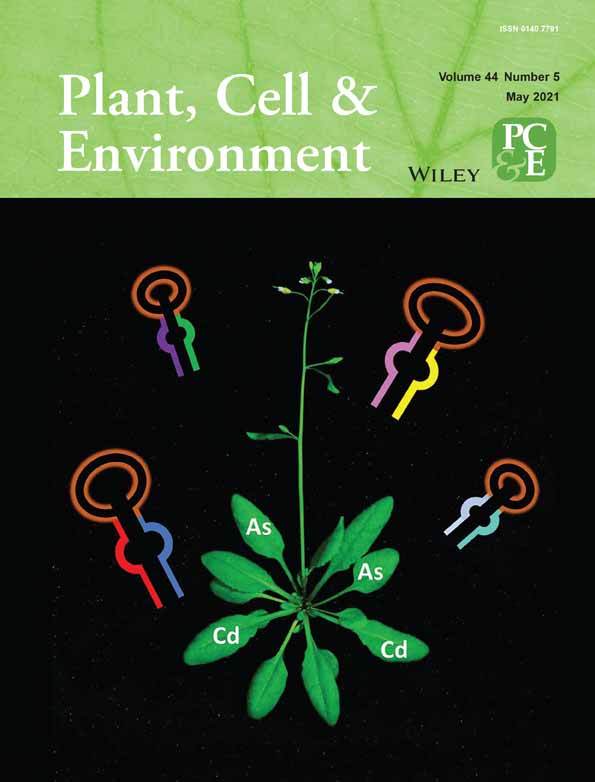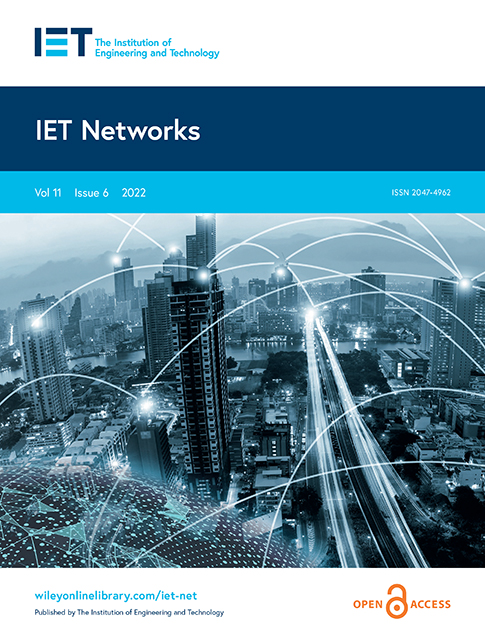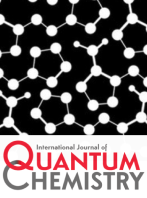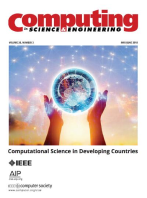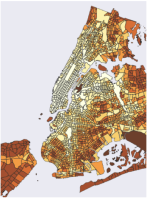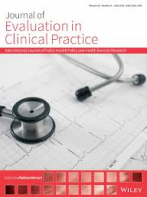CASE REPORTTITLE: Persistent Hypotension in a Patient on Trifluoperazine Undergoing Staging laparotomy under Combined General and Epidural Anaesthesia: A case report.1. Nirupa Ramakumar, Assistant professor, Department of Anaesthesiology, Himalayan Institute of Medical Sciences, Dehradun, Uttarakhand, India, 2480162. Arnpriya Pal, Junior resident, Department of Anaesthesiology, Himalayan Institute of Medical Sciences, Dehradun, Uttarakhand, India, 2480163. Ruhi Vaid , Senior resident, Department of Anaesthesiology, Himalayan Institute of Medical Sciences, Dehradun, Uttarakhand, India , 248016Correspondence to:Nirupa Ramakumar,Assistant Professor,Department of Anaesthesiology, Himalayan Institute of Medical Sciences, Dehradun, Uttarakhand, India,248016Email- [email protected] hypotension after combined epidural and general anaesthesia in a patient on trifluoperazine is rare. It is acceptable to continue these drugs; however, the anesthesiologist must be aware of the risk of interaction with other drugs and subsequent hemodynamic pertubations. Early use of nor-adrenaline should be considered to counter refractory hypotension.INTRODUCTIONDoctors prescribe long-term anxiolytic therapy, including benzodiazepines, anti-depressants, and anti-psychotics, to many patients with anxiety disorders. Meta-analyses reveal that India’s prevalence of anxiety neurosis, which ranges between 0.9% and 28.3%, is comparable to global reports. 1 A few case reports report perioperative hypotension in patients on long-term tricyclic depressants (TCAs). 2-4 It is imperative for anesthesiologists to possess knowledge regarding the potential interactions between psychotropic medications and anaesthetic agents. We present a case of persistent hypotension occurring after low thoracic epidural blockade in a patient who was on long-term trifluoperazine (an anti-psychotic drug) for anxiety disorder. This case highlights the importance of vigilant perioperative management of patients on longstanding antipsychotics.CASE PRESENTATIONCase history and examinationA 40-year-old woman (150 cm, 52 kg,BMI 23 kg/m2) was planned for an elective staging laparotomy. The team detected an adnexal mass in the patient. She had a medical history of anxiety disorder for one year and was under regular benzodiazepine (chlordiazepoxide 10mg OD) and anti-psychotic drug (trifluoperazine 1 mg HS) treatment; hypertension was under control with amlodipine 5mg H and atenolol 25mg HS for one year. Her past surgical history included a caesarean section. The patient was independent in routine household chores and had a metabolic equivalent of task >= 4. Her general physical and systemic examinations were normal. Routine preoperative investigations, including a complete hemogram, liver function tests, renal function tests, chest x-rays, and thyroid function tests, were normal. Her electrocardiogram was suggestive of sinus tachycardia. We asked the patient to continue taking her anxiolytics and anti-hypertensive drugs.TreatmentGeneral anaesthesia with epidural anaesthesia was planned to provide good postoperative analgesia considering the nature of surgery. We placed an epidural catheter at the T9-T10 interspace and tested it using 3 ml of 2% lignocaine and adrenaline. A positive meniscus sign was utilised to ensure the correct placement of the catheter. The patient’s pre-induction blood pressure was 130/80 mmHg, and her heart rate was 100 bpm. After a few minutes, the patient complained of feeling dizzy. We made her lie down and took her blood pressure, which was 102/56 mm Hg. We used propofol 100 mg and fentanyl 100 ug for induction. Tracheal intubation was facilitated with atracurium 25 mg, and maintenance of anaesthesia was done using 1% sevoflurane and an O2:air (50:50) mixture. 15 minutes after induction of anaesthesia, bupivacaine (5%) in 6 ml was given through the epidural catheter. The blood pressure reduced to 70/40 mmHg, and the heart rate ranged between 80 and 90 bpm. We administered rapid colloid and crystalloid boluses, along with boluses of mephentramine, but the mean arterial pressure was still lower than 65 mmHg. The surgery then started. We gave hydrocortisone 100 mg intravenously to treat possible adrenal insufficiency or anaphylaxis, but the blood pressure remained low. Blood pressure normalised with 50–100 ug bolus doses of phenylephrine. We administered 3 mg of morphine mixed in 7 ml of normal saline via epidural for analgesia.The ECG showed no abnormalities. We performed an ultrasound to examine the inferior vena caval distensibility index to assess hydration status prior to extubation and found it to be normal. A focused cardiac ultrasound revealed a normal ejection fraction and no other abnormalities. After the patient resumed spontaneous breathing and generated adequate tidal volume, we extubated her.Outcome and follow-upPost-extubation, the patient again had persistent hypotension with a mean arterial pressure (MAP) below 65 mmHg. We started a nor-adrenaline infusion at a rate of 0.03 mcg/kg/min, tapered it to maintain a MAP >65 mmHg, and gradually stopped it after 24 hours. We restarted her anxiolytics and discharged her on post-operative period 5.DISCUSSIONWe encountered a case of persistent hypotension following an epidural injection of lignocaine and adrenaline in a patient who had been on a year-long anxiolytic therapy that continued until the day of surgery. She did not respond to fluid bolusus and mephentramine but did respond to a high dose of phenylephrine and a nor-adrenaline infusion. We considered multiple potential factors contributing to her persistently low blood pressure. Long-lasting subarachnoid blockage leading to severe hypotension didn’t seem likely because aspiration tests done through the epidural catheter came back negative. This meant that the catheter’s accidental displacement wasn’t likely to be the cause. The patient did not exhibit bradycardia at the onset of hypotension, despite the possibility of high thoracic blockade. We were unlikely to attribute the patient’s refractory hypotension to an inadequate cortisol response to stress. Additionally, administering hydrocortisone did not effectively treat her hypotension. Furthermore, there were no indications of drug-related anaphylaxis. The onset of hypotension was influenced by preoperative hypovolemia and acute sympathectomy caused by epidural anaesthesia. However, we hypothesise that the main cause of refractory hypotension was the lack of cardiovascular response to sympathomimetics, likely due to the prolonged use of trifluoperazine (an anti-psychotic drug) until the day before surgery.We classify trifluoperazine as a first-generation antipsychotic drug with typical properties. Some first-generation antipsychotic (AP) drugs work by blocking dopamine receptors, which stops dopaminergic neurotransmission. This can cause a number of adverse effects, with extrapyramidal symptoms being the most common. The inhibition of muscarinic receptors and histamine receptors results in the occurrence of cholinergic side effects and sedation. Moreover, the antagonism of α-1 adrenergic receptors plays a crucial role in the occurrence of orthostatic hypotension and reflex tachycardia. First-generation AP use has been associated with several ECG changes, mainly QT abnormalities.5 The hypotension that occurred did not show improvement with the standard doses of sympathomimetics and fluid replacement. The ECG showed no abnormalities, indicating that AP’s cardiotoxicity was unlikely to have played a role in her hypotension. The normal echocardiographic observations further substantiate the previously stated conclusion.Ramirez reported a case of refractory hypotension in a patient on a high dose of quetiapine undergoing endovascular abdominal aortic aneurysm repair. The blood pressure normalised after starting the nor-adrenaline infusion as it has higher alpha-1 action with less affinity for beta-2 receptors. 6 Tanzer et al. included a study in their systematic review where clozapine caused low blood pressure that was unfixable with intravenous fluids or vasopressors. This happened during surgery. 7Antipsychotic drugs’s resistance to sympathomimetic drugs can be due to strong inhibition of α1-adrenergic activity, which in turn leads to vasodilation and a reflexive sympathetic response. It is likely that the added vasodilation occurred in our patient as a consequence of the combined impact of general and epidural anaesthesia. Furthermore, the concurrent injection of adrenaline has documented an inverse response to profound hypotension.8AP-induced β-blockade, especially in cases of overdose, can lead to uncontrolled β2-agonism when adrenaline is given, which causes a lot of vasodilation and low blood pressure that can’t be fixed with IV fluids and vasopressors.The Society for Perioperative Assessment and Quality Improvement came out with a consensus statement to provide recommendations regarding the use of psychotropic medications to improve perioperative care. They came to the conclusion that, while these drugs are better to be continued to avoid the risk of relapse of the patient’s condition, modifications are required on a case-by-case basis for particular drugs.9 Its crucial to avoid antipsychotic medication in situations of worsening pre-existing low or unstable blood pressures. The study’s findings suggest that sulpiride, amisulpiride, ariprazole, and olazepine have the least significant effects on blood pressure.10CONCLUSIONOur case highlights that the anaesthesia provider must be cautious when administering epidural anaesthesia to patients on long-term, first-generation anti-psychotic drugs. Lignocaine and adrenaline given through the epidural can cause paradoxical hypotension in these patients. All patients with anxiety disorders may experience increased anxiety before any surgical procedure. It is acceptable to continue these drugs; however, the anesthesiologist must be aware of the risk of interaction with other drugs and subsequent hemodynamic pertubations. It is therefore essential to take a detailed medical history. One must weigh the risk-to-benefit ratio of stopping or continuing these drugs. Stopping APs for one day before surgery is unlikely to change the anxiety status, bereft of unwanted cardiovascular effects. Early usage of nor-adrenaline should be considered to counter refractory hypotension.AUTHOR CONTRIBUTION1. Nirupa Ramakumar: This author helped in design of the work, substantial contributions to the conceptions, the acquisition of data, drafting the work and revising it critically for important intellectual content. All the authors approved the final version to be published and are accountable for all aspects of the work in ensuring that questions related to accuracy and integrity of any part of the work are appropriately investigated and resolved.2. Arnpriya Pal: This author helped in drafting of work, analysis, interpretation of data for the work and revising it critically for intellectual content.3.Ruhi Vaid: This author helped in drafting of work, analysis, interpretation of data for the work and revising it critically for intellectual content.ACKNOWLEDGMENTSI would like to thank Mr Mandal, anaesthesua technician in charge for assisting us in management of our patient.CONFLICT OF INTERESTNoneCONSENT STATEMENTWritten informed consent was obtained from the patient for publication of this case report.REFERENCESKhambaty M, Parikh RM. Cultural aspects of anxiety disorders in India. Dialogues Clin Neurosci. 2017;19(2):117-126.Chang HC, Guo SL, Feng YP, Wong CS, Liao JH. Severe Refractory Intraoperative Hypotension in a Patient with Major Depression under Long-Term Antidepressant Treatment: A Case of Left Nephrectomy Surgery. Journal of Medical Sciences. 2018;38(4):192. doi:10.4103/jmedsci.jmedsci_23_18Takakura K, Nagaya M, Mori M, Koga H, Yoshitake S, Noguchi T. Refractory hypotension during combined general and epidural anaesthesia in a patient on tricyclic antidepressants. Anaesth Intensive Care . 2006;34(1):111-114. doi:10.1177/0310057X0603400108Malan TP, Nolan PE, Lichtenthal PR, et al. Severe, Refractory Hypotension during Anesthesia in a Patient on Chronic Clomipramine Therapy. Anesthesiology . 2001;95(1):264-266. doi:10.1097/00000542-200107000-00040Meltzer HY. Update on Typical and Atypical Antipsychotic Drugs. Annual Review of Medicine. 2013;64(Volume 64, 2013):393-406. doi:10.1146/annurev-med-050911-161504Espinós Ramírez C, Artigas Soler A, Gil Esteller P, García Medina N, Tangarife Benjumea J, Martínez García M. Refractory hypotension secondary to chronic treatment with high doses of quetiapine. Revista Española de Anestesiología y Reanimación (English Edition). 2023;70(5):305-307. doi:10.1016/j.redare.2023.05.001Tanzer TD, Brouard T, Pra SD, et al. Treatment strategies for clozapine-induced hypotension: a systematic review. Therapeutic Advances in Psychopharmacology. 2022;12:20451253221092931. doi:10.1177/2045125322109293.Alagappan A, Baruah R, Cockburn A, Sandilands EA. Paradoxical refractory hypotension following adrenaline administration in a patient taking clozapine. BMJ Case Rep. 2021;14(11):e243363. doi:10.1136/bcr-2021-243363.Oprea AD, Keshock MC, O’Glasser AY, et al. Preoperative Management of Medications for Psychiatric Diseases: Society for Perioperative Assessment and Quality Improvement Consensus Statement. Mayo Clinic Proceedings. 2022;97(2):397-416. doi:10.1016/j.mayocp.2021.11.011Proudman RGW, Pupo AS, Baker JG. The affinity and selectivity of α-adrenoceptor antagonists, antidepressants, and antipsychotics for the human α1A, α1B, and α1D-adrenoceptors. Pharmacology Research & Perspectives. 2020;8(4):e00602. doi:10.1002/prp2.602
